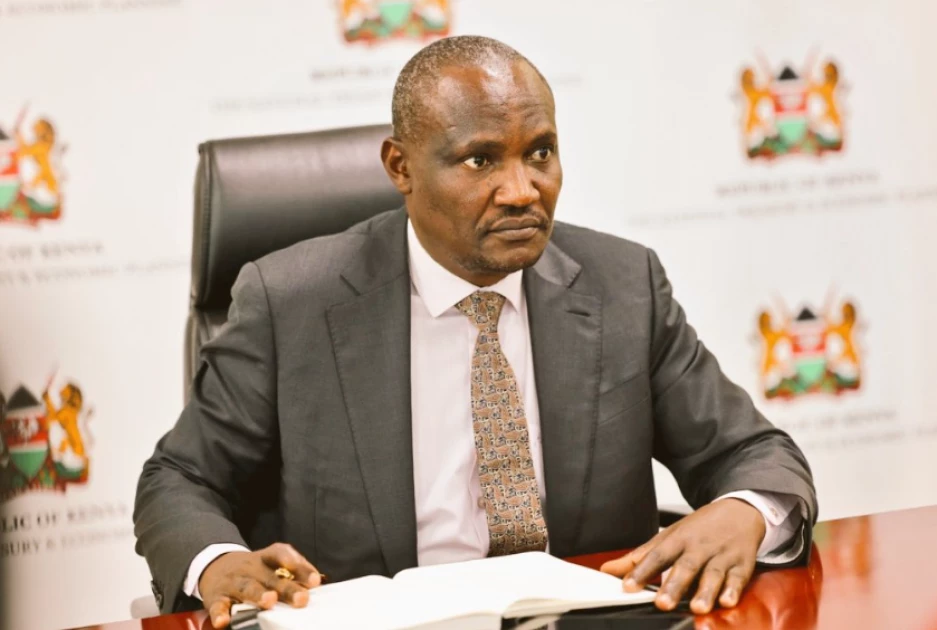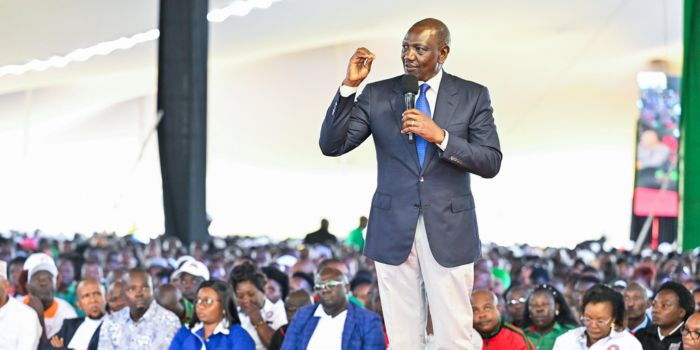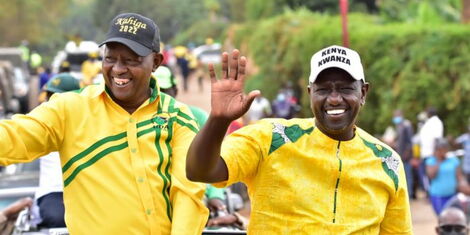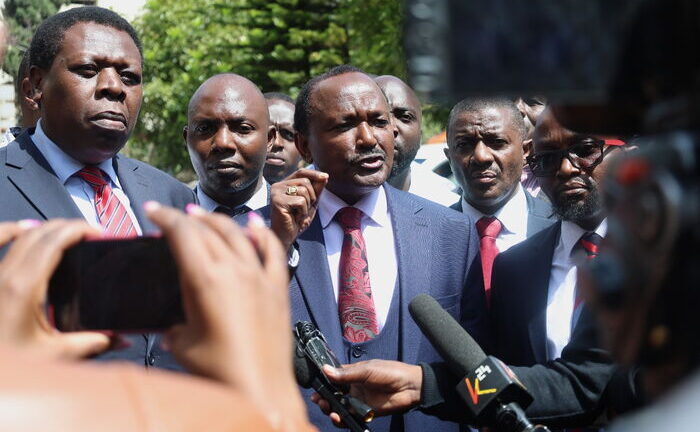
In a dramatic shift, Treasury Cabinet Secretary John Mbadi has publicly blamed Parliament for crippling cuts to free secondary school funding, setting off fierce debate over Kenya’s flagship education policy.
Mbadi revealed that while the government officially sets annual capitation at KSh 22,000 per day‑school student, in reality Parliament has repeatedly slashed the allocation—forcing disbursement of only KSh 17,000 per learner, with actual quarterly releases falling far short. “How do I pay KSh 22,000 when MPs approved less than that?” he challenged lawmakers at a weekend ceremony in Suba South.
Budget Promises Versus Reality
The Cabinet Secretary admitted that the State has never met the promised KSh 22,000 capitation. Even during the heyday of post‑Kibaki and Uhuru regimes, amounts released often fell around KSh 17,000 per student, burdening schools with pending debts and triggering classroom crises.
In the latest budget cycle, Mbadi underscored, Treasury proposed full funding, yet Parliament reduced the capitation further. Despite releasing all available funds, operations have suffered: third‑term disbursements remain pending—and no extra funds exist to close the gap.
Fallout and Possible Fixes

School administrators across the country have reported rising deficits. Some have suspended co‑curricular activities, delayed payments, or urged parents to bridge shortfalls through fundraisers or NG‑CDF support. Mbadi suggested consolidating bursary pools—including NG‑CDF and GAAF—into one unified fund to support full capitation for every learner.
Meanwhile, critics have reacted sharply. Opposition figures and education activists warn that shifting responsibility to MPs skirts accountability and puts the burden squarely on families, many unable to afford additional fees.
National Promise at Risk?
The uproar arrives as Kenya enters a new financial year, igniting fears that the free education promise is unraveling. Mbadi’s admission—that the State “cannot sustain” full funding—has been branded by critics as tantamount to policy back‑tracking, especially as education remains an iconic equality pillar.
Experts say the budget squeeze and rising enrolment have mashed revenues and inflated costs, leaving public schools in debt and pupils in limbo. Despite a record KSh 702.7 billion education allocation in the 2025/26 budget, financiers warn the system remains unsustainable under current pressures.
What’s Next?
With anger rising in National Assembly sittings and among education lobby groups, urgent pressure is mounting for Parliament and Treasury to revisit allocations. A meeting between Education PS Julius Bitok and MPs has been scheduled to formulate a strategy to restore the original capitation promise.
As taxpayers watch, the unfolding blame game reveals a bitter truth: Kenya’s free education ambition is under siege—not by policy change but by fiscal reality. The biggest question now: who will shoulder the shortfall when the façade of “free” education collapses?






